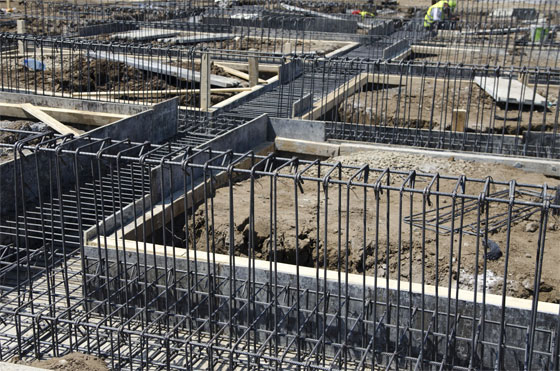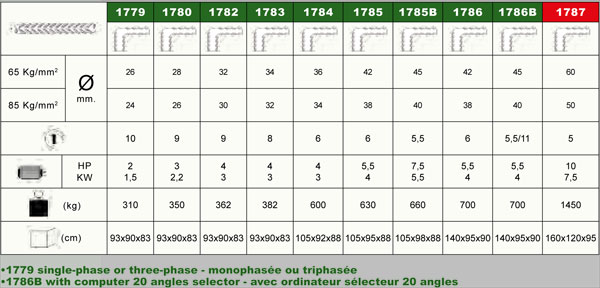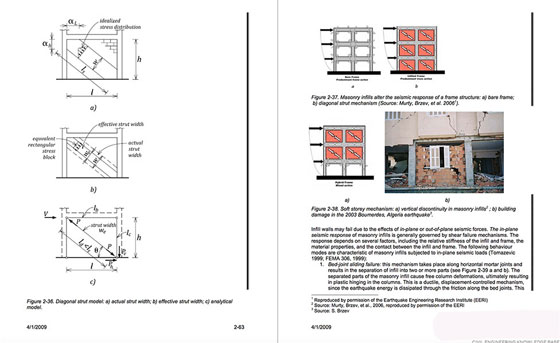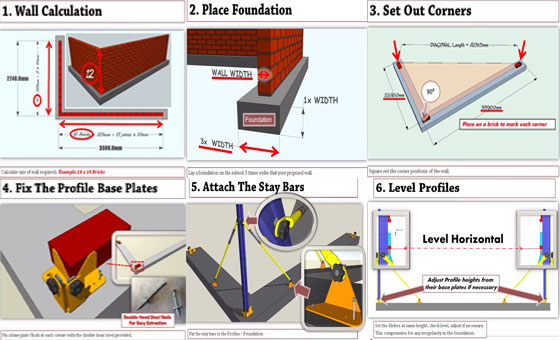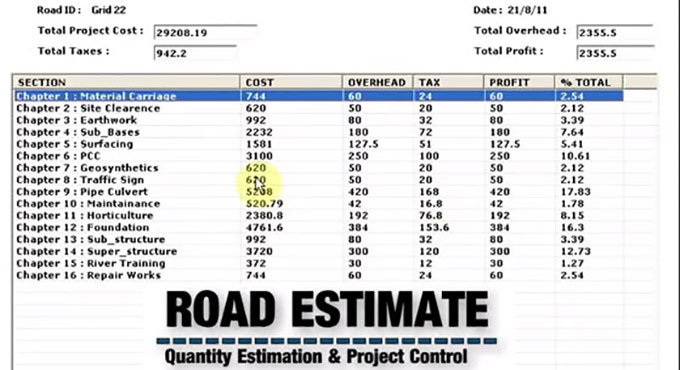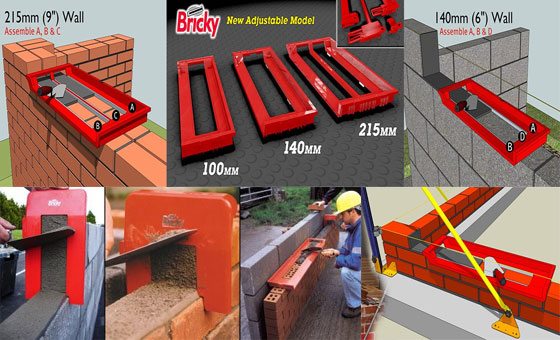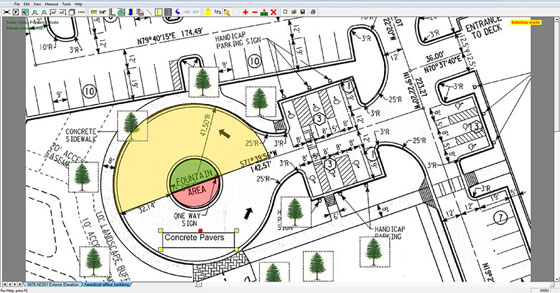In order to figure out the accurate cost of the structure, the proper idea on the quantities of the materials together with the reinforcement should be considered. One can estimate the proper quantities concerning the concrete and brickwork out of the layout drawings. In case the working drawings and schedules for the reinforcement are unavailable, the estimation should be made on the basis of the predictable quantities. The quantities are generally spcified consistent with the conditions of the Standard method of measurement concerning the building works.
To deal with the reinforcement quantities the followings are required :
1. Bar reinforcement is explained separately with steel type (e.g. Gentle or high-yield steel), diameter and weight and seqregated as per the following : (a) Element of structure, e.g. foundations, slabs, walls, columns, etc., and (b) Bar ‘shape’, e.g. straight, bent or hooked; curved; links, stirrups and spacers.
2. Fabric (mesh) reinforcement is defined separately with steel type, fabric type and area, segregated as per (a) and 1(b) mentioned above.
In order to estimate the reinforcement quantities, various techniques are used and amid them the followings three techniques are most recognized :-
Method-1 for Reinforcement Estimation: This method is easy to use and it is created on the basis of the type of structure and the volume of the reinforced concrete elements. As for instance, common values are :-
- Warehouses and identically loaded and proportioned structures: 1 tonne of reinforcement per 105m3
- Offices, shops, hotels: 1 tonne per 13.5m3
- Residential, schools: 1 tonne per 15.05m3
Although this method is used to examine the total estimated quantity, but it may not be completely correct. Besides, lots of expertize are required to break the tonnage down to Standard Method of Measurement requirements.
Method-2 for Reinforcement Estimation: The other useful technique is to apply factors for transforming the steel areas captured from the preliminary design calculations to weights, e.g. kg/M2 or kg/m as suitable to the element.
If the weights are divided into practical, This technique offers a logically perfect judgement if the weights are segregated into functional bar diameters and shapes. Though the factors strongly accept a degree of standardization both of structural form and detailing.
This method is treated as relatively adaptable and accurate in practice, since it is formed with reinforcement requirements established by the preliminary design calculations.
Method-3 for Reinforcement Estimation: Under this technique sketches are created toward the ‘typical’ cases of elements and then weighted.
This method offers the following benefits :
- The sketches denotes the existing structure
- The sketches consist of the intended form of detailing and distribution of primary and secondary reinforcement
- An allocation of supplimentary steel for variations and holes are created through inspection.
This method is also suitable for calculating or analyzing the factors narrrated in method 2 as it consider the individual detailing methods.
- Laps and starter bars: A rational allowance concerning normal laps in both primary and distribution bars and for starter bars should be allowed. It should also be verified wheather special lapping arrangements can be applied.
- Architectural features: The drawings should be analyzed properly and plentiful allowance made for the reinforcement is necessary for such ‘non-structural’ features.
- Contingency: A contingency ranging from 10% and 15% is to be included considering some modifications and probable errors.
~~~~~~~~~~~~~~~~~~~~~~~
Published By
Rajib Dey
~~~~~~~~~~~~~~~~~~~~~~~

